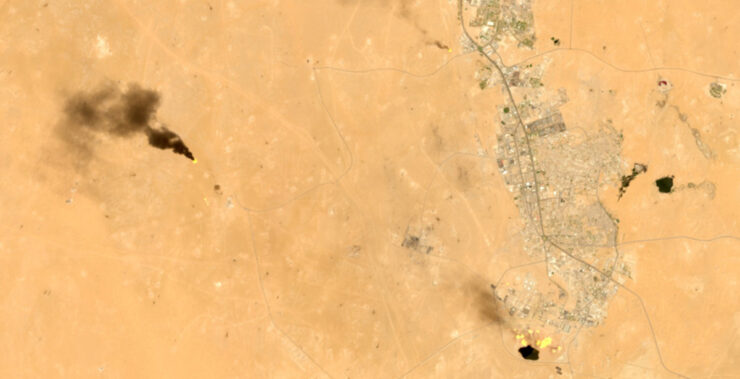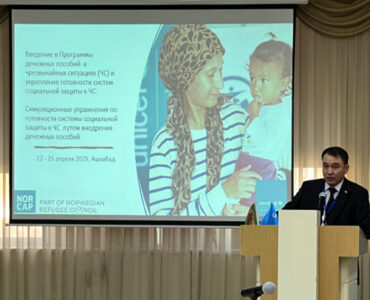A new report “Flaring Accountability. Global gas flaring by major oil and gas companies and their partners” by the Clean Air Task Force highlights the impact of gas flaring by global operations of ten large international oil companies.
Gas flaring happens when excess gas produced during oil and gas extraction and transportation is burned. Despite the commitments to limit flaring practices, the practice continues and about 145 billion m3 of gas were flared globally last year (4% of global natural gas demand). Flaring contributes to CO2 emissions from gas combustion, methane emissions from incomplete burning, and air pollution.
The report examines flaring from top national oil companies around the world and their partnerships with international oil companies. Turkmenistan’s national oil and gas companies, Turkmennebit and Turkmengas, are not among the top 21 companies that partnered with international oil companies at flaring sites. However, both companies have been reported to have high flaring levels. Similarly, Turkmenistan is not ranked among the top 20 highest flaring countries worldwide.
Donate to support Turkmen analysts, researchers and writers to produce factual, constructive and progressive content in their efforts to educate the public of Turkmenistan.
SUPPORT OUR WORKEni, Italy’s largest petroleum company, is among 10 top international oil companies that have operations in Turkmenistan. It produces around 3 million barrels of crude oil and gas condensate in the country. The flaring intensity of Eni’s operations in Turkmenistan is around 1 m3/oil barrel which is significantly lower than Turkmenistan’s national average flaring intensity of 19 m3/oil barrel. However, even 1 m3/oil barrel is far above the recommended flaring intensity reductions set by the International Energy Agency’s Net Zero Emissions by 2050 scenario.






